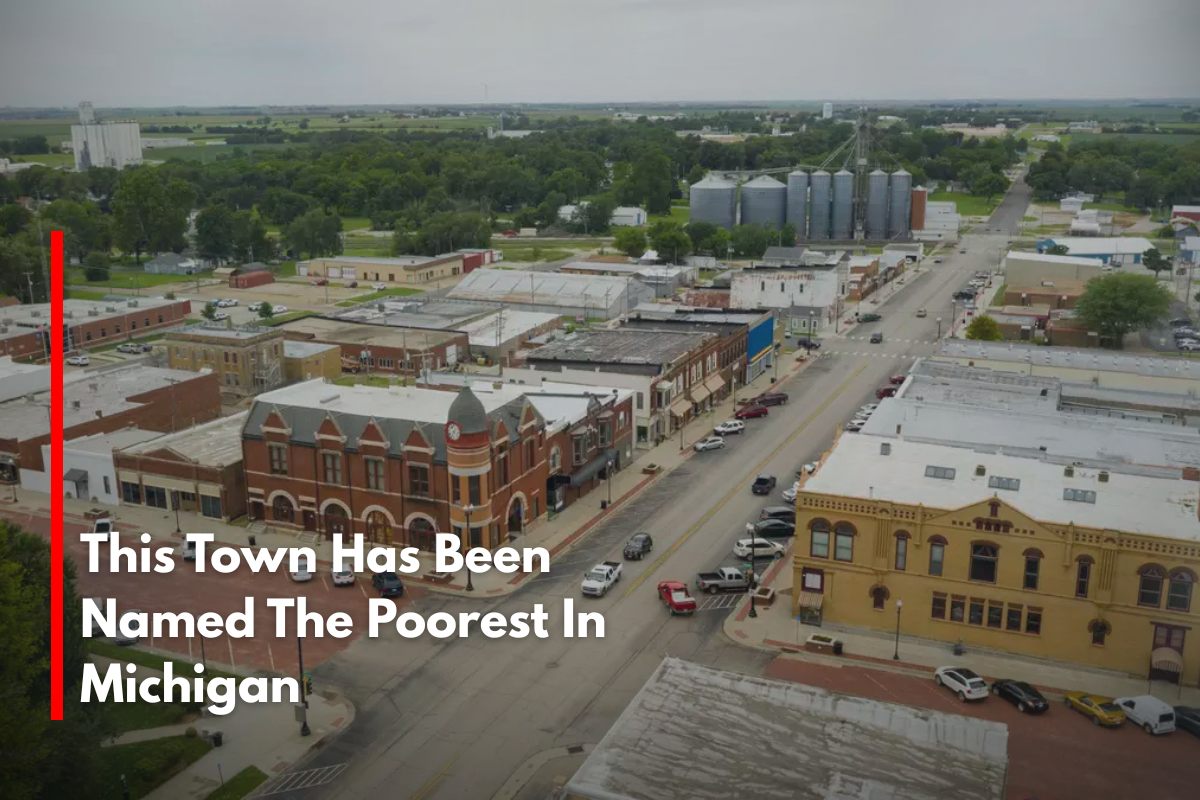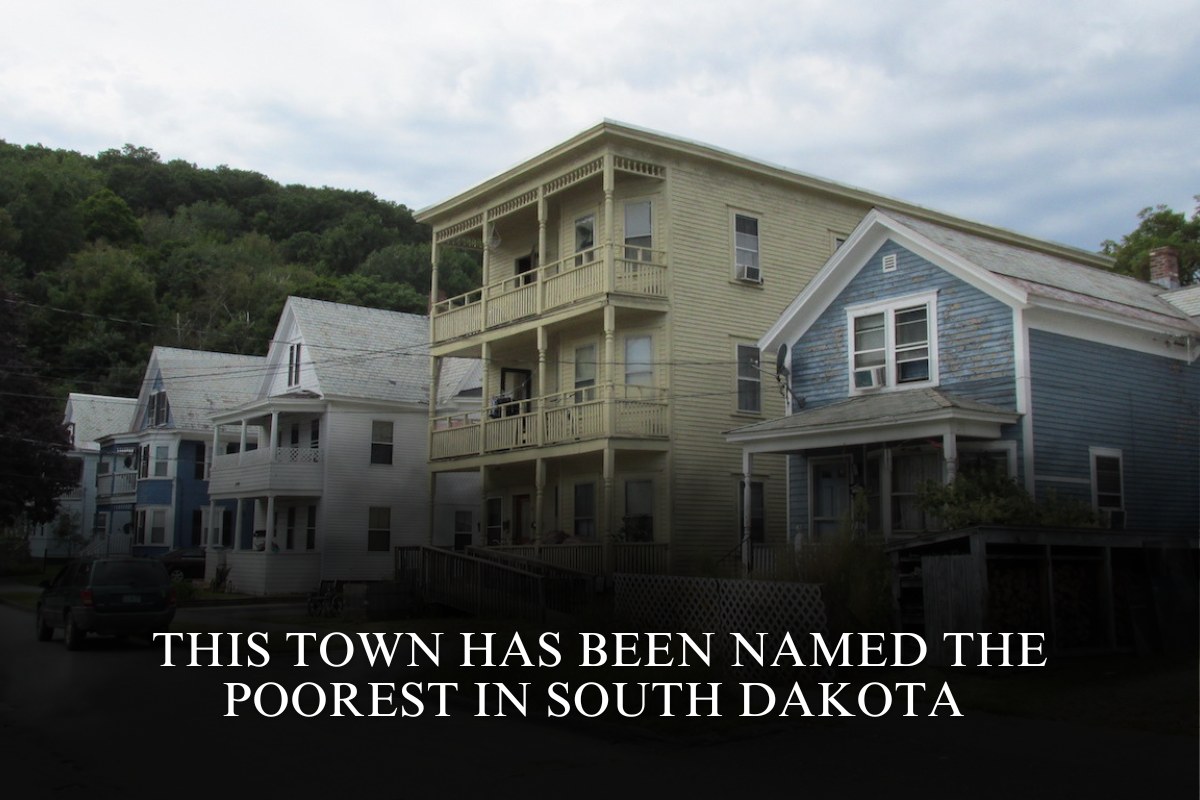Baldwin, a small village located in Lake County, Michigan, has been officially named the poorest town in the entire state as of 2025. With a population of just over 1,000 residents, Baldwin faces significant economic challenges that reflect broader struggles in rural America. Despite its scenic surroundings and small-town charm, the people of Baldwin grapple with low incomes, high poverty rates, and limited access to economic opportunities.
Economic Overview and Median Income
The median household income in Baldwin is an alarming $22,593 per year, which is significantly lower than Michigan’s state median income of $63,202. This means that on average, residents earn roughly $10.86 per hour, slightly above the state’s minimum wage but still far below what is considered a livable wage. The low income levels put tremendous financial strain on households, making it difficult for many residents to afford basic necessities such as housing, food, and healthcare.
Housing prices are relatively low, with a median home value of about $79,100, but even this is often out of reach for residents earning below average wages. The economic disparity in Baldwin highlights the challenges faced by small, rural communities in maintaining financial stability amidst broader economic shifts.
Poverty and Government Assistance
Poverty is widespread in Baldwin, with approximately 41.3% of households receiving SNAP (Supplemental Nutrition Assistance Program) benefits, a rate more than three times the state average of 12.6%. This reliance on government assistance underscores the need for social support systems to help residents make ends meet.
The community’s economic struggles are compounded by limited job opportunities, especially in sectors that offer sustained employment and livable wages. Many residents face the daunting reality of paycheck-to-paycheck living, and the town’s small size and rural location limit access to resources and services often available in larger urban areas.
Broader Context of Poverty in Michigan
Baldwin is not alone in struggling with poverty; Michigan as a whole has several counties and towns with high poverty rates. Northern Michigan counties like Lake and Luce have some of the highest rates of poverty and households deemed ALICE (Asset Limited, Income Constrained, Employed) — people working but still unable to afford basic household budgets.
While Baldwin is highlighted as the poorest town by median income, larger cities like Flint also face severe poverty challenges, with rates nearing 38.9% and high unemployment and crime rates impacting residents’ quality of life.
Hope for the Future and Challenges Ahead
Efforts to revitalize small towns like Baldwin face obstacles but also opportunities. Economic development initiatives, infrastructure investments, and social programs are essential to improve residents’ quality of life. Local leaders emphasize the need for better job creation, healthcare access, and educational resources to break the cycle of poverty.
Small communities like Baldwin represent the enduring spirit of rural America but also highlight the urgent need for attention to economic inequality and targeted support to create sustainable futures for residents.
Baldwin, Michigan, stands as a stark example of poverty’s grip on small-town America, marked by low incomes, high dependence on assistance, and economic uncertainty. Understanding these realities can help drive efforts to support and uplift such communities in the years to come.
Sources
(https://www.youtube.com/watch?v=TRSk88lcl4Y)
(https://www.usnews.com/news/health-news/slideshows/poorest-cities-in-the-us)
(https://www.iheart.com/content/2023-11-13-michigan-town-named-the-poorest-in-the-entire-state/)
(https://news.umich.edu/michigan-poverty-map-shows-economic-security-by-county/)











